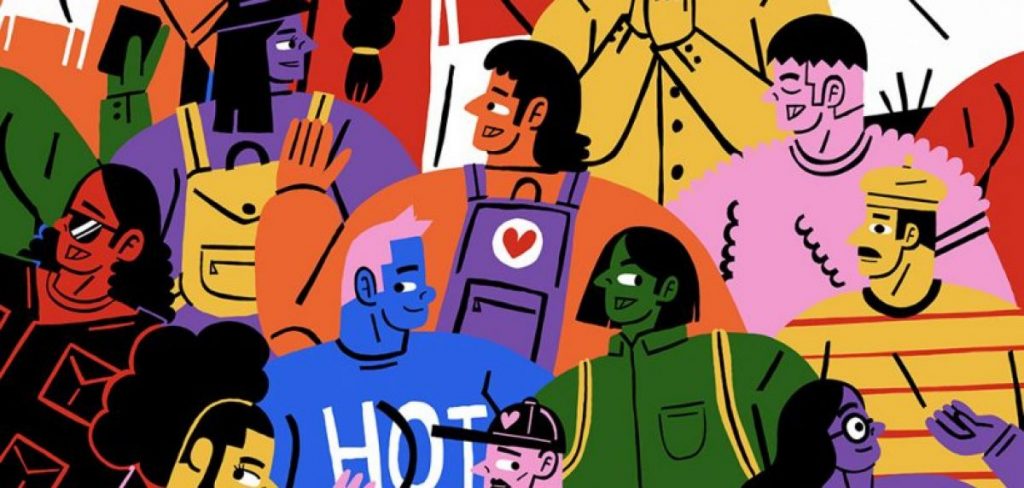Here are my reflections on the readings we were presented with for this assignment.
The essay by Alice Bradbury left me feeling frustrated as there is so much evidence but so little action. There is something about how it is framed (I might have misread) about policy and assessment that doesn’t sit well with me. Even if these policies clearly illustrate the gaps and issues students face, what is the purpose of focusing on assessment of models and criteria? The question should be “How do I make sure my students are getting good grades?”, it should be “How am I making sure they are getting a good education?”

(Table of questions from Bradbury’s Essay, getting people to honestly answer these might be uncomfortable. But maybe it is incredibly helpful to face that feeling together?)
No policy will matter unless we take action to create better opportunities for students to catch up and provide better financial support so that students can focus and stay interested in their studies.
Rhianna Garretts essay is given more context thanks to the video by James Orr. Of course, there will be differences in career trajectory for global majority academics if they are faced with hostile staff like James Orr who simply claims institutional racism does not exist. The boldness in James Orr’s claims makes me think about the potential inaction of his peers who take on the role as the naïve and/or bystander in his presence (Wong Et Al, 2024).
Also the Telegraph can go to hell 🙂
Asif Sadiq and James Orr’s video talk about how training is a waste of money. Orr claims that it is not needed while Sadiq states that it is a waste of money because it does not work. After seeing how my peers and managers continue to act after having done mandatory anti racism training, I am very much in Sadiq’s side of the argument. His talk was very helpful to motivate me to put my intervention into practice next academic year, to prove to peers how an embodied manifesto exercise can go a long way as long as you are adaptable and open to change based on student’s needs.
Research questions after reviewing these resources: How can we help teachers become more adaptable and confident? In the end, they were all students with diverse needs and are now adults with diverse needs. So how can an adult who doesn’t communicate their diverse needs get students to do it? Maybe all teachers need a workshop on improvisation?
All of this makes me think of building transformative justice into my teaching. (Need to email practitioner Alex Johnston and ask for an interview.) This would help staff with the fear of saying the wrong thing. “Creating psychological safety to have conversations”. (Sadiq, A. 2023)
Asking what people would like is helpful to hear as it adds to my intervention. We own our own journey of learning, and we need to allow it to be uncomfortable.
Note to remember: How do I communicate to students the appropriate channels for them to raise concerns about me? I currently do not tell students how to do this.
Action: Add point of contact to my manager in all emails in case students want to raise issues around my teaching.
Bibliography:
Bradbury, A., 2020. A critical race theory framework for education policy analysis: The case of bilingual learners and assessment policy in England. Race Ethnicity and Education, 23(2), pp.241-260. Read pages 241-247.
Garrett, R. (2024). Racism shapes careers: career trajectories and imagined futures of racialised minority PhDs in UK higher education. Globalisation, Societies and Education, pp.1–15. Read pages 2-5 & 7-11.
Sadiq, A. (2023) Diversity, Equity & Inclusion. Learning how to get it right. TEDx [Online}. Youtube. 2 March. Available at: https://www.youtube.com/watch?v=HR4wz1b54hw
Orr, J. (2022) Revealed: The charity turning UK universities woke. The Telegraph [Online]. Youtube. 5 August. Available at: https://www.youtube.com/watch?v=FRM6vOPTjuU
Billy Wong, Reham Elmorally, Meggie Copsey-Blake, Ellie Highwood & Joy Singarayer (2021) Is race still relevant? Student perceptions and experiences of racism in higher education, Cambridge Journal of Education, 51:3, 359-375, DOI: 10.1080/0305764X.2020.1831441
